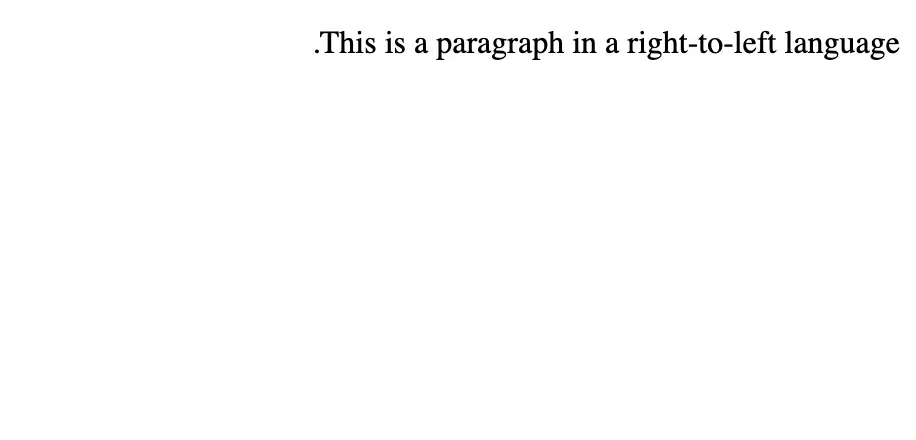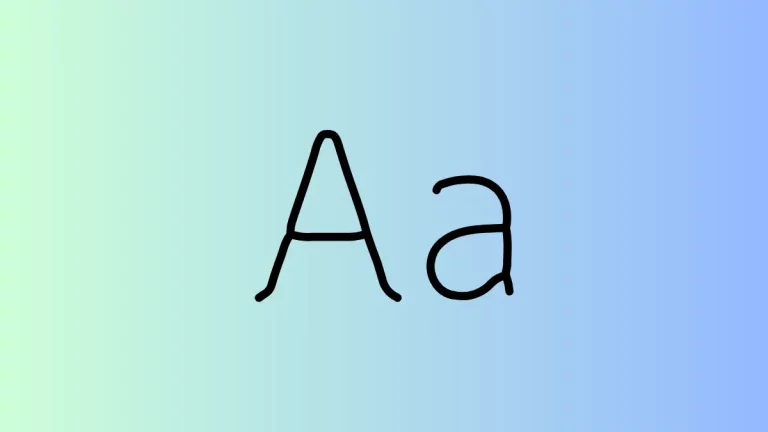How to Change Text Direction in HTML
In today’s globally connected world, creating multilingual websites is becoming increasingly common. An important aspect of such websites is managing text direction, especially when dealing with languages that are read right-to-left (RTL) like Arabic or Hebrew. This blog post explores how to control text direction in HTML, ensuring your content is accessible and correctly displayed for all languages.
Text Direction in HTML
HTML provides straightforward ways to set text direction, ensuring that your website can cater to both left-to-right (LTR) and right-to-left languages.
Use the dir Attribute
Basic Direction Setting
The dir attribute in HTML allows you to set the text direction at an element level. You can set it to ltr (left-to-right), rtl (right-to-left), or auto (which lets the browser decide based on the content).
Example of RTL text:
<p dir="rtl">This is a paragraph in a right-to-left language.</p>
Example of LTR text:
<p dir="ltr">This is a paragraph in a left-to-right language.</p>CSS for Advanced Control
Use CSS for Text Direction
While the dir attribute is effective, CSS provides a more powerful tool for controlling text direction.
.rtl-text {
direction: rtl;
unicode-bidi: embed;
}Then, apply this class to your HTML element:
<p class="rtl-text">This text will be right-to-left.</p>The unicode-bidi property, along with direction, ensures the text direction is handled correctly, especially when mixing LTR and RTL text.
Handle Mixed Content
Mixed LTR and RTL Text
When dealing with mixed content, such as an English phrase within an Arabic paragraph, the unicode-bidi property becomes particularly useful.
<p dir="rtl">
هذا النص باللغة العربية <span dir="ltr" class="ltr-text">(This is English text)</span> مع نص إنجليزي.
</p>This ensures each part of the text is correctly aligned according to its language.
Best Practices: Accessibility and Usability
- Consistent Navigation: Ensure that navigation elements are consistently placed, regardless of text direction.
- Clear Language Indicators: Use language attributes (
lang) in your HTML to indicate the language of each section or page. - Testing: Test your website with native speakers to ensure text directionality is correctly implemented.
Proper handling of text direction in HTML is crucial for creating inclusive, multilingual websites. By using the dir attribute and CSS properties, you can ensure that your website’s text is accessible and readable for speakers of both LTR and RTL languages. Remember, the key to success in multilingual web design is understanding and respecting the nuances of different languages and scripts.





